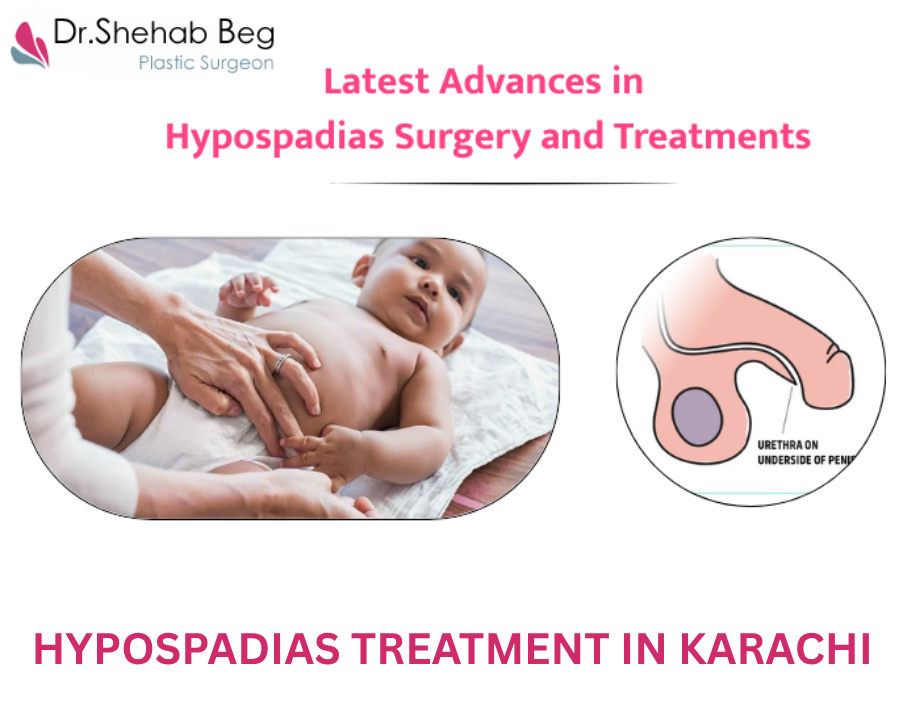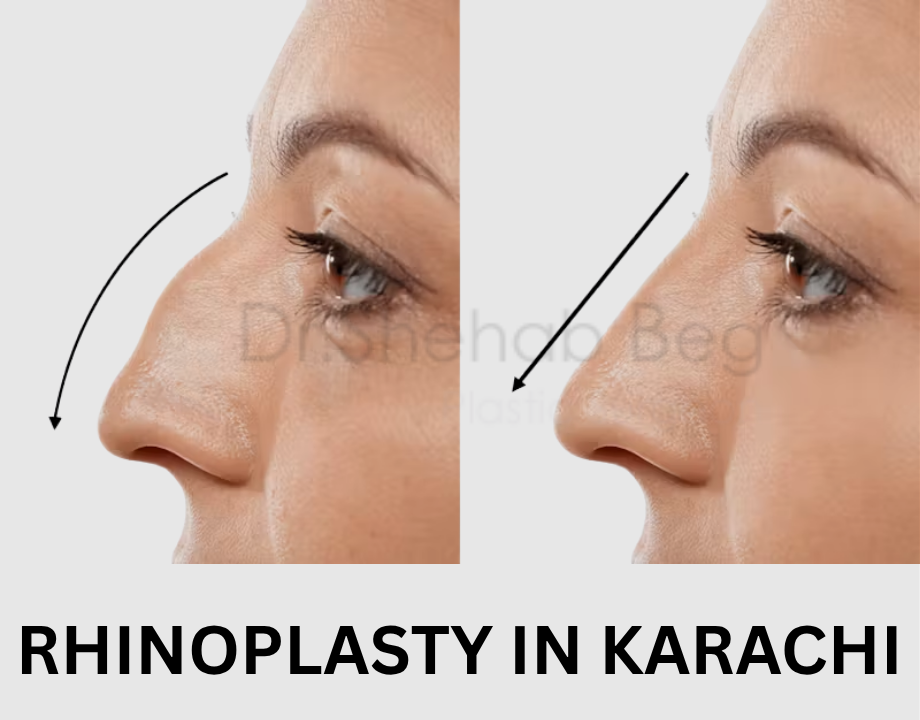Eye ptosis, also known as drooping eyelids, is a condition that affects both vision and appearance. For individuals in Karachi, Eye Ptosis Surgery has become a sought-after solution to address this issue. This article explores the causes, types of surgeries, recovery process, and lifestyle adjustments needed after the surgery, giving you a complete guide without clinic-specific details.
What is Eye Ptosis?
Eye ptosis, medically termed blepharoptosis, refers to the abnormal drooping of one or both eyelids. The condition can occur at any age and vary in severity, ranging from minor cosmetic concerns to severe cases that block vision.
Common causes of eye ptosis include:
- Congenital Ptosis: A condition present from birth due to underdeveloped eyelid muscles.
- Age-Related Weakness: Natural weakening of eyelid muscles and tendons over time.
- Neurological Issues: Conditions like nerve damage or disorders affecting muscle control, such as myasthenia gravis.
- Eye Injuries: Trauma to the eyelid or surrounding muscles.
- Medical Conditions: Diseases such as diabetes, stroke, or eyelid tumors.
Understanding the cause is vital for determining the appropriate treatment, which often involves surgical intervention.
Why Opt for Eye Ptosis Surgery in Karachi?
Karachi is home to advanced medical facilities and experienced surgeons specializing in corrective eye surgeries. The demand for Eye Ptosis Surgery in Karachi has increased as people seek to restore their vision and enhance their facial aesthetics. With its accessibility and skilled professionals, the city has become a hub for such treatments.
Types of Eye Ptosis Surgery
The choice of surgery depends on the severity of the condition and the underlying cause. Here are the most common techniques:
- Levator Muscle Resection
This procedure involves tightening the levator muscle to lift the eyelid. It is effective for individuals with partial muscle function. - Frontalis Sling Procedure
In cases where the levator muscle is too weak, this surgery connects the eyelid to the forehead muscles using a sling, allowing the forehead to control eyelid movement. - Müller’s Muscle-Conjunctival Resection (MMCR)
This minimally invasive technique targets the Müller’s muscle and is suitable for mild ptosis cases.
Each procedure is carefully tailored to the patient’s specific needs, ensuring natural and symmetrical results.
How to Prepare for Eye Ptosis Surgery
Preparing for the surgery is crucial for a successful outcome. Here are some steps to follow:
- Consultation and Evaluation: Schedule a consultation with a specialist who will examine your eyelid function and determine the best surgical option.
- Pre-Surgery Care: Avoid smoking and alcohol, as they can hinder healing. Also, disclose any medications you are taking, as some may need to be paused before surgery.
- Follow Instructions: Your doctor may prescribe eye drops or recommend lifestyle adjustments to prepare for the procedure.
Proper preparation ensures a smoother surgery and faster recovery.
The Surgical Procedure
Eye ptosis surgery is usually performed under local anesthesia and follows these steps:
- The surgeon applies anesthesia to numb the eyelid area.
- A small incision is made in the upper eyelid to access the levator muscle or place a sling.
- The eyelid is adjusted to the desired height for better functionality and appearance.
- The incision is carefully closed with stitches, ensuring minimal scarring.
The procedure typically lasts 1–2 hours, depending on the complexity.
Recovery After Eye Ptosis Surgery
Recovering from ptosis surgery requires patience and proper care. Here’s what to expect during the recovery period:
- Swelling and Bruising:
- Swelling is normal in the first week.
- Apply cold compresses as instructed to reduce discomfort.
- Follow-Up Appointments:
- Regular follow-ups are essential to monitor healing and ensure proper eyelid positioning.
- Avoid Strenuous Activities:
- Refrain from heavy lifting, rubbing your eyes, or engaging in strenuous activities for 1–2 weeks.
- Pain Management:
- Mild pain can be alleviated with prescribed or over-the-counter medication.
Most patients experience significant improvement in both vision and appearance within a few weeks.
Benefits of Eye Ptosis Surgery
Undergoing Eye Ptosis Surgery in Karachi offers numerous benefits, including:
- Improved Vision: Corrects the obstruction caused by drooping eyelids.
- Enhanced Appearance: Restores symmetry and provides a youthful look.
- Boost in Confidence: Many patients feel more confident in their appearance after surgery.
- Long-Term Results: The effects of the surgery are often permanent with proper care.
Potential Risks and How to Avoid Them
While ptosis surgery is generally safe, it’s essential to be aware of potential risks:
- Infection or Scarring: Proper post-surgical care can minimize this.
- Overcorrection or Undercorrection: Choosing an experienced surgeon helps ensure precise results.
- Temporary Dry Eyes: Lubricating eye drops can help during the healing process.
By following your doctor’s advice and attending all follow-up appointments, you can reduce the chances of complications.
Lifestyle Adjustments Post-Surgery
After the surgery, it’s crucial to maintain a healthy lifestyle for optimal healing. Here are some tips:
- Protect Your Eyes: Wear sunglasses to shield your eyes from sunlight and dust.
- Stay Hydrated: Use prescribed eye drops to keep your eyes moist.
- Eat Nutritious Foods: Include foods rich in vitamins A and C to promote healing.
These small changes can make a big difference in maintaining the surgery’s results.
Conclusion
Eye ptosis surgery is a transformative procedure for individuals dealing with drooping eyelids. For those in Karachi, this surgery not only improves vision but also restores facial aesthetics, enhancing overall confidence. By understanding the causes, surgical options, and recovery process, patients can make informed decisions about their treatment.
If you’re considering Eye Ptosis Surgery in Karachi, taking the time to prepare and follow post-surgery care instructions will ensure long-lasting results and a smoother healing process
📍 Clinic Location: AHTCS ,Clifton, Karachi
📧 Email: ahtcspk@yahoo.com
📱 Contact: 0323 2847513
🌐 Visit Website: Dr Shehab Beg – Karachi Plastic Surgery.






